Matches is not a toy?
(A pair of mini-computer-era souvenirs)
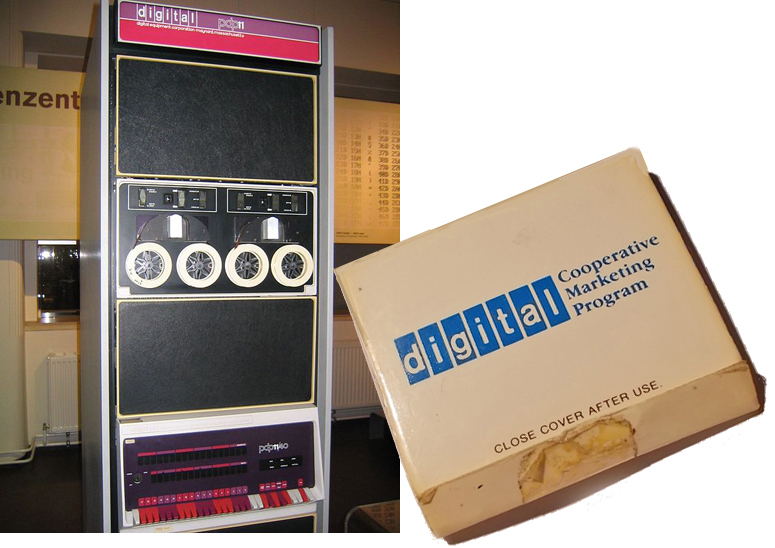 (PDP-11 mini-computer ( source ) and match calculator)
(PDP-11 mini-computer ( source ) and match calculator)
Among other historical events the beginning of the 1990s was marked by the slow decline of the era of the mini-computer. From this time I have two souvenirs left.
The first is a calculator that imitates ordinary cardboard matches and is made by Digital Equipment Corporation ( DEC ), famous for its PDP-11 and VAX .
')
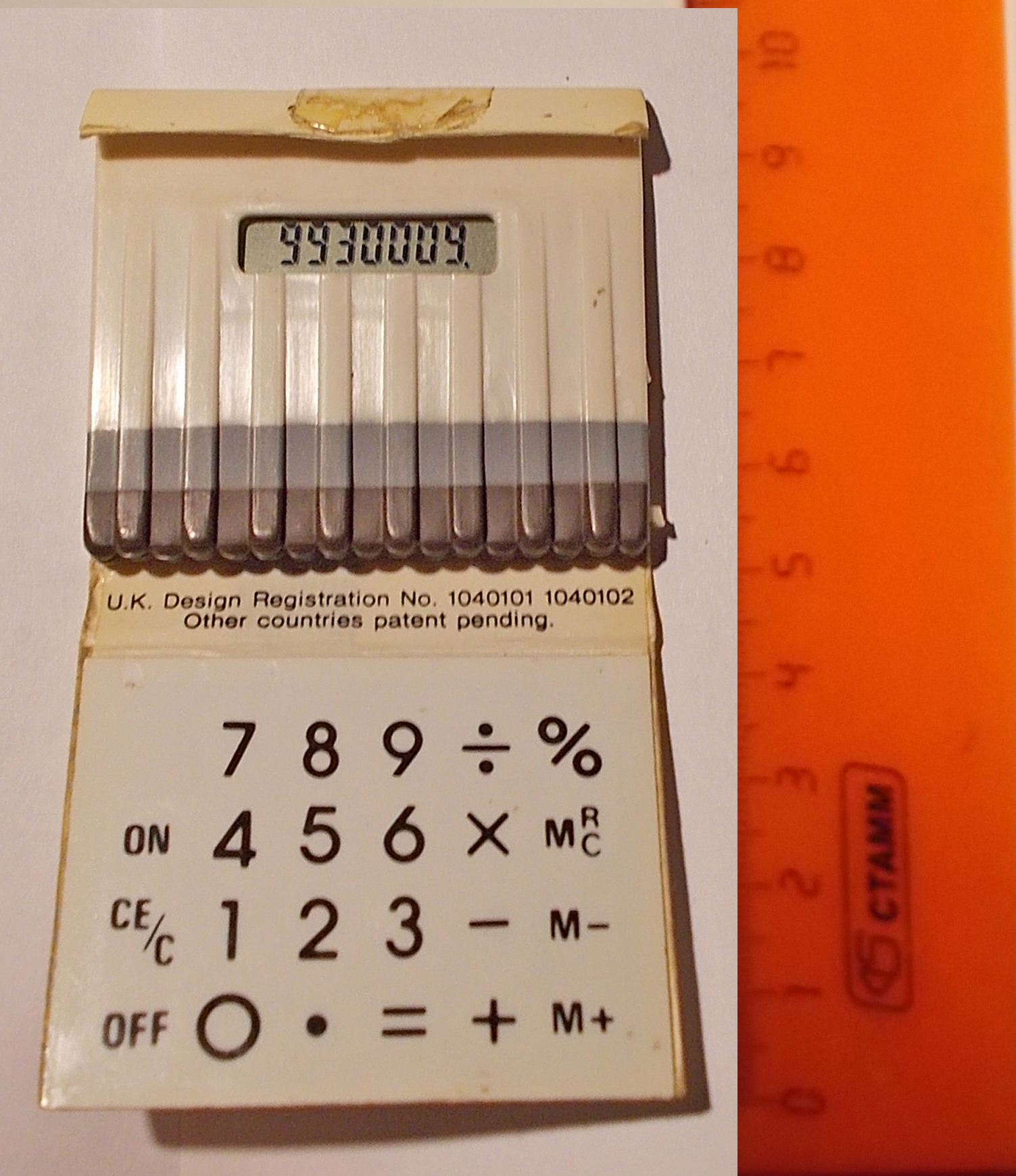
In the "matches" embedded "manual" on both sides of the same piece of paper:
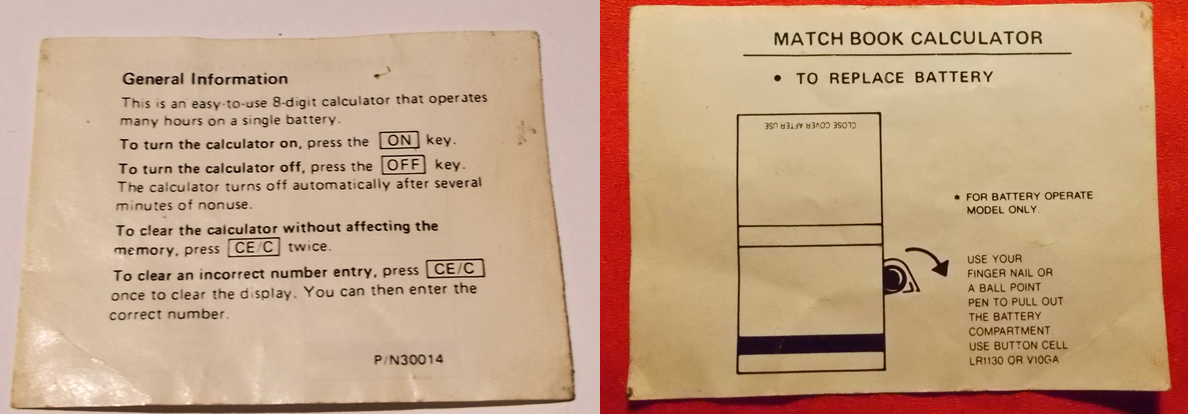
As far as I know, these “matches” were not on sale, but were used as souvenirs for gifts to the most active users of DEC technology. Deliveries of this technology to the USSR and a number of other countries were banned by embargoes, however, there were quite a few users who worked on clones of this technology ( Electronics-60 , SM-4 , etc.). I wonder how many DEC matches are preserved in the spaces of the former Soviet Union?
Another souvenir is an exclusive one associated with the clones mentioned. He is older than "matches" and made in the first half of the 1980s. It would seem that the most difficult part for cloning is a processor, and if it was possible, at least, to clone it, then the periphery is easier to clone. It turned out - not easier! Floppy disk drives worked particularly poorly. Especially on the 8-inch diskettes made in Bulgaria (many others were difficult to access).
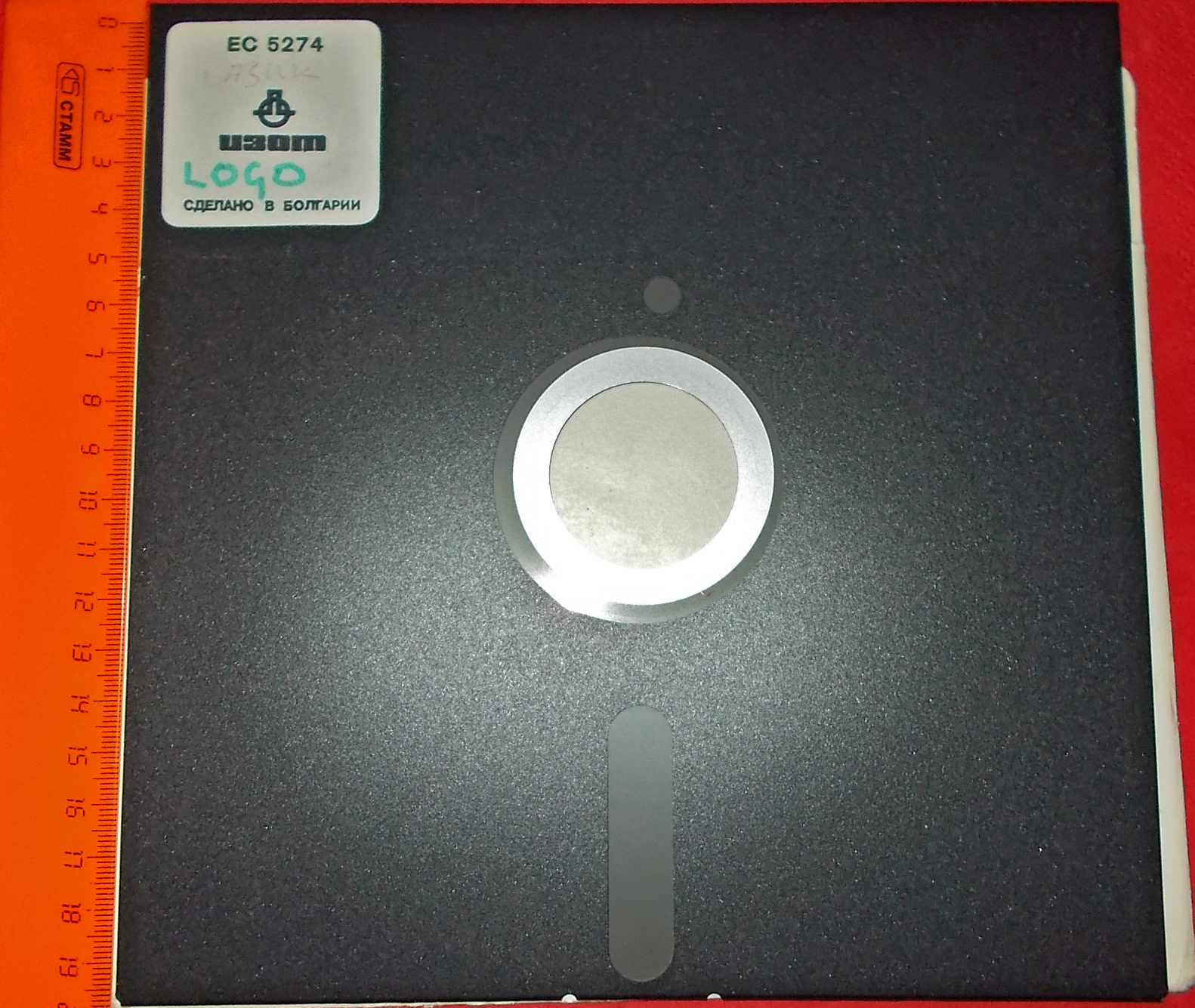
It should be borne in mind that instead of the Internet then Floppinet was . Often, after transferring a diskette from one organization to another, it (the diskette) was not read. Maybe the drive for writing or reading was not quite working, or maybe because of the quality of the floppy. But it was believed (I don’t know the special tests for this) that subway, trolleybus and tram motors can partially demagnetize a diskette. In the DEC distribution supplies, the floppy disks were packed in a permalloy box. Such boxes were not included in the package of clones, therefore they were made by themselves. In my collection there is a box, made to order from the ribbon core LATR on the pilot production of one scientific research institute.
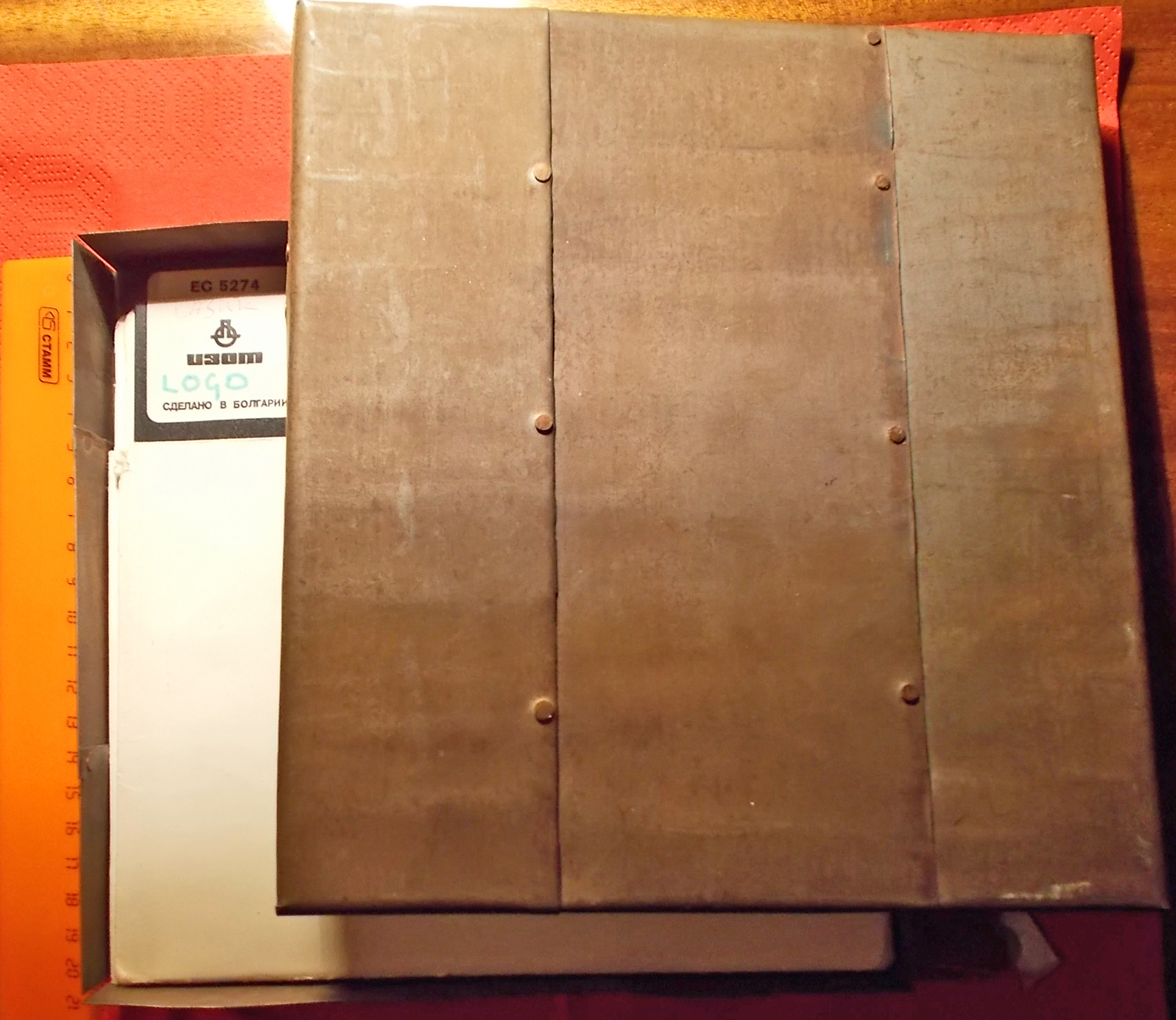
 (PDP-11 mini-computer ( source ) and match calculator)
(PDP-11 mini-computer ( source ) and match calculator)Among other historical events the beginning of the 1990s was marked by the slow decline of the era of the mini-computer. From this time I have two souvenirs left.
The first is a calculator that imitates ordinary cardboard matches and is made by Digital Equipment Corporation ( DEC ), famous for its PDP-11 and VAX .
')

In the "matches" embedded "manual" on both sides of the same piece of paper:

As far as I know, these “matches” were not on sale, but were used as souvenirs for gifts to the most active users of DEC technology. Deliveries of this technology to the USSR and a number of other countries were banned by embargoes, however, there were quite a few users who worked on clones of this technology ( Electronics-60 , SM-4 , etc.). I wonder how many DEC matches are preserved in the spaces of the former Soviet Union?
Another souvenir is an exclusive one associated with the clones mentioned. He is older than "matches" and made in the first half of the 1980s. It would seem that the most difficult part for cloning is a processor, and if it was possible, at least, to clone it, then the periphery is easier to clone. It turned out - not easier! Floppy disk drives worked particularly poorly. Especially on the 8-inch diskettes made in Bulgaria (many others were difficult to access).

It should be borne in mind that instead of the Internet then Floppinet was . Often, after transferring a diskette from one organization to another, it (the diskette) was not read. Maybe the drive for writing or reading was not quite working, or maybe because of the quality of the floppy. But it was believed (I don’t know the special tests for this) that subway, trolleybus and tram motors can partially demagnetize a diskette. In the DEC distribution supplies, the floppy disks were packed in a permalloy box. Such boxes were not included in the package of clones, therefore they were made by themselves. In my collection there is a box, made to order from the ribbon core LATR on the pilot production of one scientific research institute.

Source: https://habr.com/ru/post/430864/
All Articles